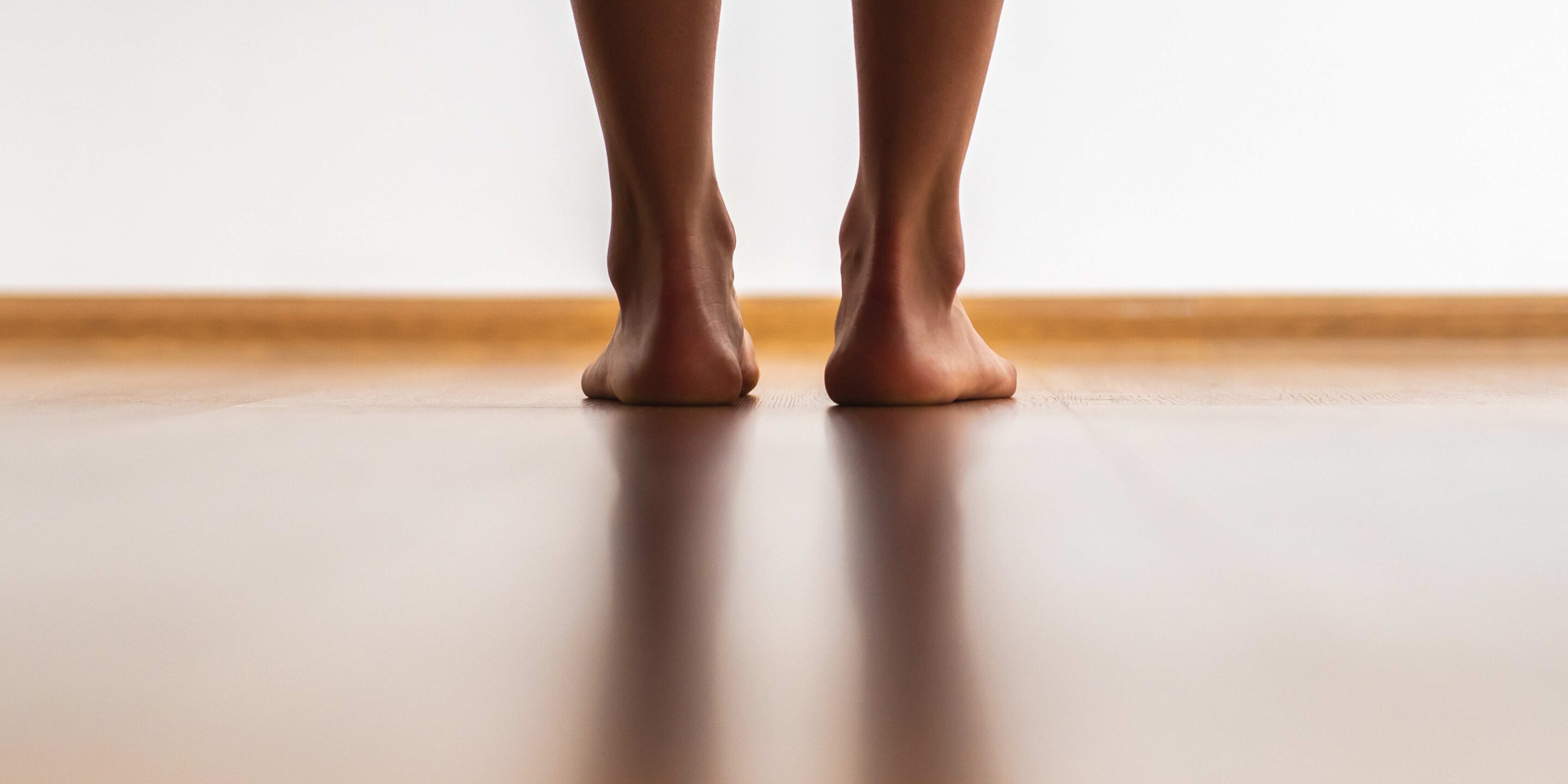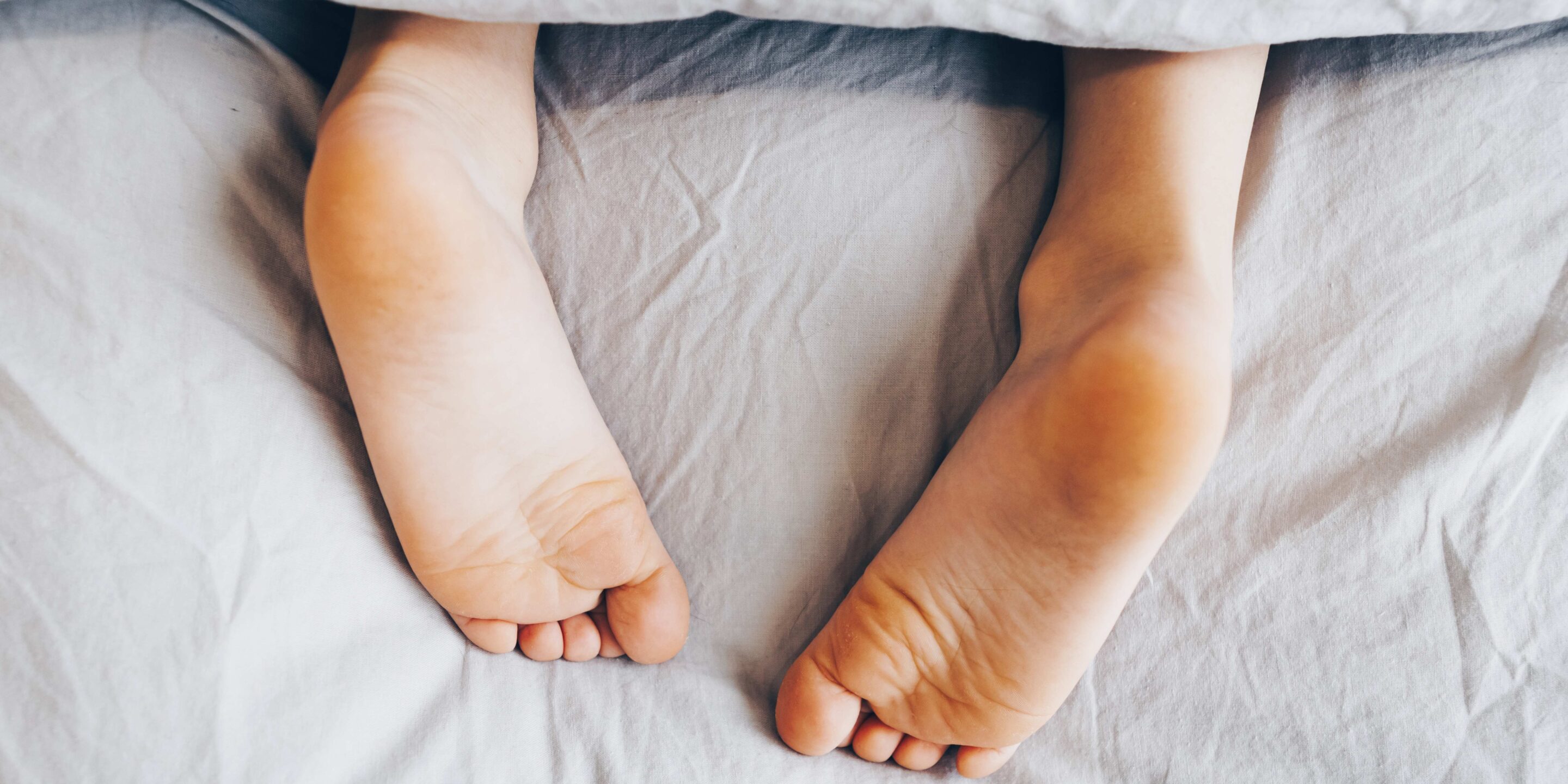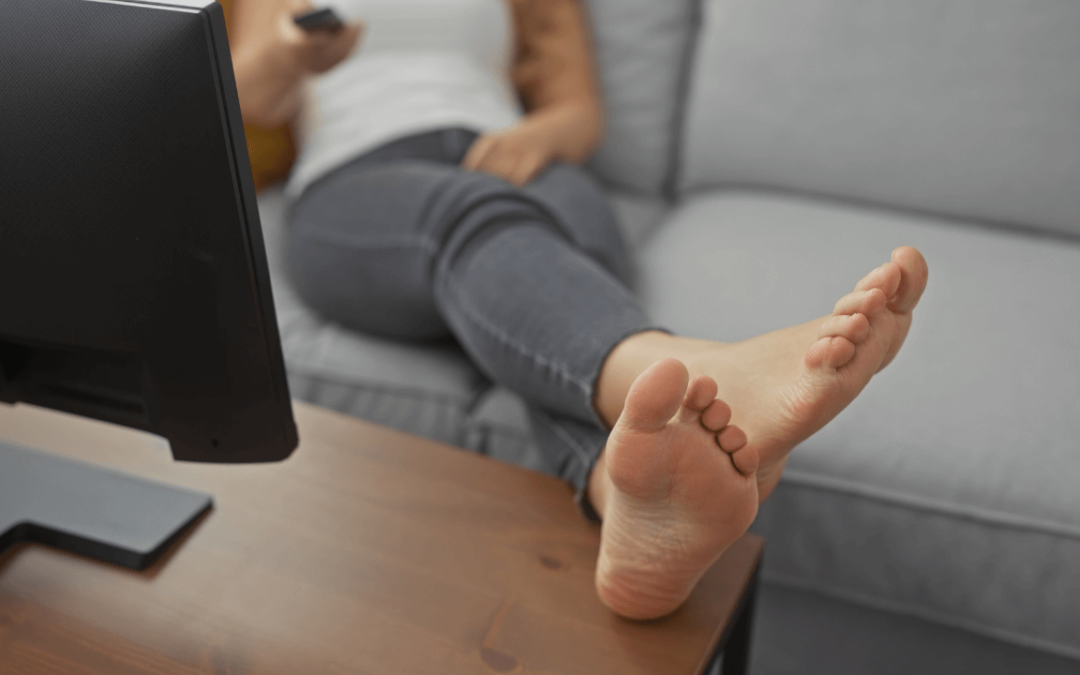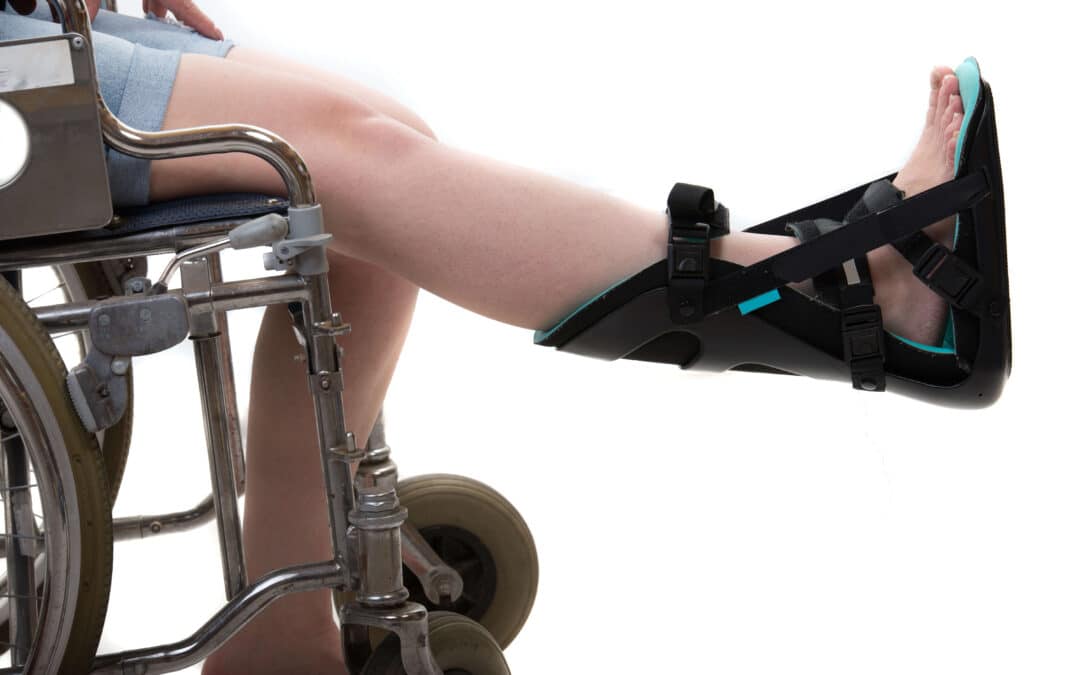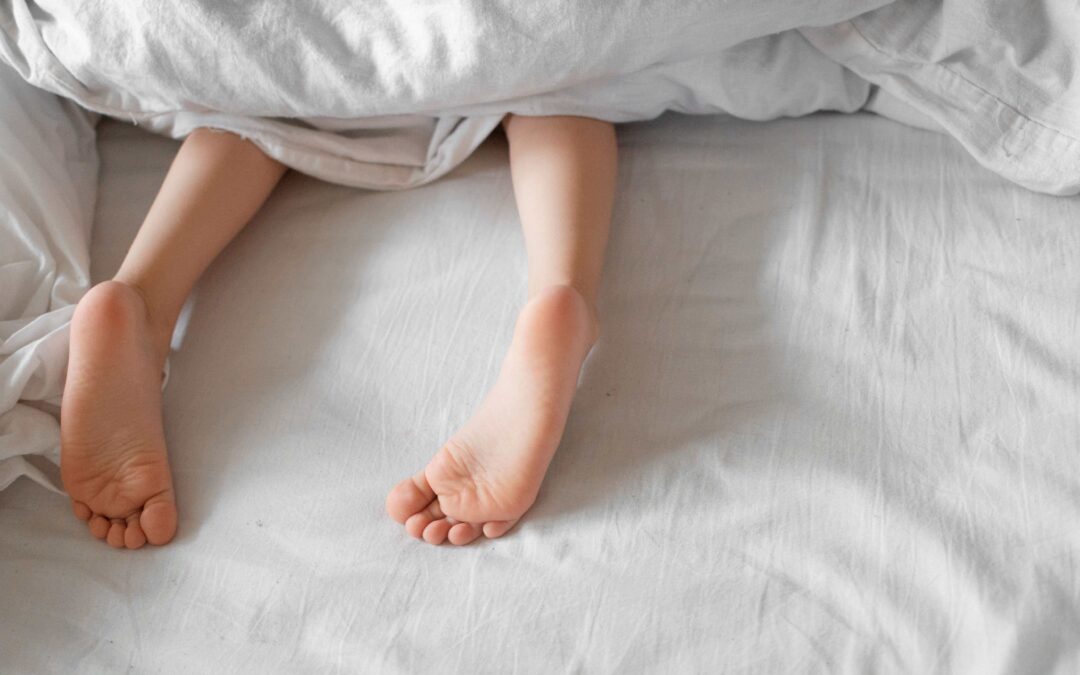Does Heel Pain Got You Off Your Feet? Try these Home Treatments!
Heel pain is an unwelcome companion that can disrupt our daily lives, turning the simple act of walking into a painful ordeal. If you’ve found yourself wincing with each step, you’re not alone. Heel pain is a common complaint that affects people of all ages, and its origins can vary widely. In this blog, we’ll dive into the reasons behind heel pain and explore effective home treatments to get you back on your feet, pain-free.
Heel Pain Got You Off Your Feet?
Heel pain isn’t just a minor inconvenience; it can be a significant obstacle, impacting your mobility and overall quality of life. From mild discomfort to excruciating pain, the intensity varies, but the impact on your daily routine remains profound. Whether you’re an athlete dealing with the aftermath of intense physical activity or someone experiencing heel pain seemingly out of nowhere, understanding the root cause is key to finding the right solution.
Why Your Heels Are Hurting
The complexity of the foot and the stress it endures daily make it susceptible to various issues leading to heel pain. Identifying the root cause is crucial for effective treatment. Here are some common reasons your heels might be hurting.
Conditions That Are Affecting Your Heels
Plantar Fasciitis
Plantar fasciitis stands out as a primary contributor to discomfort in the heel. This condition involves inflammation of the thick band of tissue (plantar fascia) that connects your heel bone to your toes. The pain is often most severe with the first steps in the morning or after long periods of rest. Contributing factors may include high-impact activities, inadequate footwear, or even issues with foot mechanics.
Arthritis
Arthritis, particularly osteoarthritis and rheumatoid arthritis, can affect the joints in your feet, leading to heel pain. The inflammation and deterioration of the joints can result in significant discomfort and
stiffness. People with arthritis may experience flare-ups that exacerbate heel pain, making it essential to manage the underlying condition.
Bursitis
Bursitis, the inflammation of the fluid-filled sacs (bursae) that cushion the joints, can impact the heel. This condition often arises from repetitive stress or pressure on the heel, causing pain and swelling. Proper footwear, avoiding excessive pressure on the heel, and addressing any biomechanical issues can help manage and prevent bursitis-related heel pain.
Heel Spurs
Heel spurs, bony growths on the underside of the heel bone, can develop due to excessive strain on the foot muscles and ligaments. While not always painful, they can lead to discomfort, especially when they press on nearby tissues and nerves. Addressing the root causes, such as poor biomechanics or improper footwear, is crucial for managing heel spurs.
Is There Anything You Can Do at Home?
The good news is that many cases of heel pain can be effectively managed with home treatments. Here are some strategies to alleviate discomfort and promote healing:
Rest and Ice
Grant your feet respite by steering clear of activities that intensify the discomfort. Applying ice to the afflicted area can aid in diminishing inflammation and offer relief. Ice packs when applied for 15-20 minutes at a time, can be particularly effective in easing acute heel pain.
Stretching Exercises
Gentle stretching exercises for your calves and Achilles tendon can improve flexibility and reduce tension on the plantar fascia. Consider incorporating exercises like toe stretches and towel curls into your daily routine. Stretching not only helps alleviate pain but also enhances overall foot health.
Supportive Footwear
Invest in supportive shoes with cushioning to minimize pressure on your heels. Avoid walking barefoot on hard surfaces, and consider using orthotic inserts for additional support. Well-fitted and supportive footwear plays a crucial role in preventing and managing heel pain.
Over-the-Counter Pain Relief
Over-the-counter pain relievers like ibuprofen or acetaminophen can assist in the management of pain and inflammation. However, consult with a healthcare professional before prolonged use, especially if you have any pre-existing medical conditions or are taking other medications.
Maintain a Healthy Weight
Excess weight can contribute to heel pain. Maintaining a healthy weight reduces the stress on your feet and can alleviate discomfort. Combine a balanced diet with regular exercise to achieve and maintain a weight that promotes overall foot health.
Come See Us for Your Heel Pain
While home treatments can provide relief for many individuals, persistent or severe heel pain requires professional attention. If your symptoms persist despite trying home remedies, it’s essential to consult with our experienced team. We will conduct a thorough examination, diagnose the underlying cause, and recommend appropriate treatment options tailored to your specific condition. For personalized guidance and expert care, don’t hesitate to contact us.
Heel pain is a multifaceted issue with various potential causes. Taking proactive steps at home, such as rest, ice, and stretching, can often alleviate discomfort. However, for persistent or severe cases, seeking professional medical advice is crucial for an accurate diagnosis and targeted treatment plan. Don’t let heel pain keep you off your feet – take the necessary steps to regain your mobility and enjoy a pain-free life by scheduling an appointment today!
